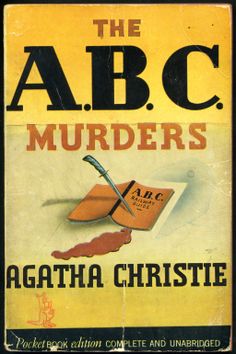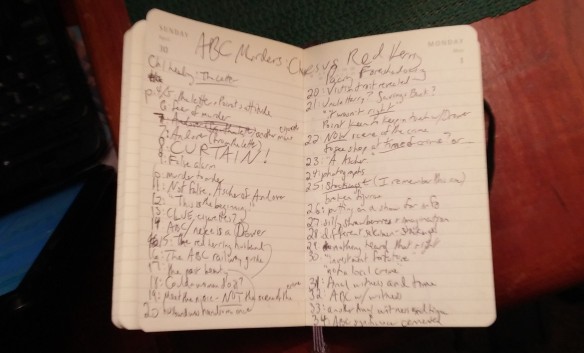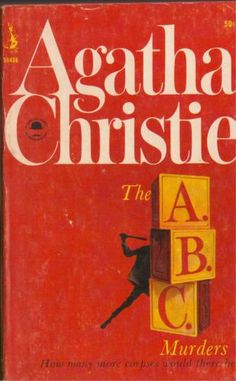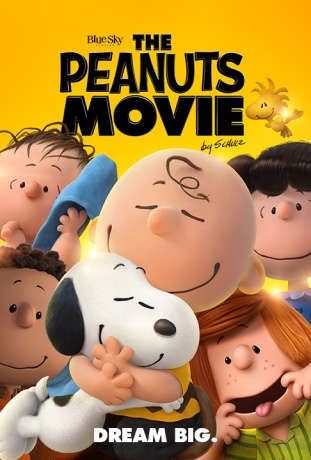Not too long ago, the lovely author Shehanne Moore and her hamster crew nominated me for the “3 Days, 3 Quotes” challenge. While I would love to follow the rules to the letter, the War of the Potty means no chance to work from sunrise to sunset lest I miss a new addition of pee-pee water or poop to the carpet. Oh, and it’s Thanksgiving Day here in the States.
So.
Gonna bend the rules a bit.
The Rules (without the bending)
1. Thank the blogger who nominated you, and share their website. (Done! Click here to read some wicked humor, smexy stories, and writing tips most practical.)

2.Post 1-3 quotes a day for three consecutive days.
3. Nominate 3 people every day.
Well, I’m only writing on one day, soooo guess I’ll just nominate three people. YAY!
Time to bend Rule 2.
~The Day of Bash~

My youngest and most creative, Bash never tires of story-telling. He’ll gather a group of toys anywhere, and he’s in the groove.
Most plots hinge on emotion. His characters ask each other what he often asks me:
“How are you feeling?”
Something happens to make a character sad–he breaks down, another gets lost. The others team up to save the day. The story often ends “And now I’m happy!”, much like after I cry, or after he fights: we sit down, and hug, and smile. And now I’m happy.
Diana Wynne Jones also emphasizes the importance of emotion between writer and character in Reflections on the Magic of Writing:
“If there is one thing I have learned, it is that you must have at least some emotional connection with every soul who figures in a story. You may like them, love them, find them disgusting or hate them, but you must react to them in some way.”
I do my darndest to remember this as I write Middler’s Pride. I hope you can check it out on Channillo. I’ve been sharing my character sketches of her on Wattpad as well. When I posted her last anecdote, a wee epiphany hit me:
 I love Meredydd like I love my daughter.
I love Meredydd like I love my daughter.
The maternal fibers in me sing when she hits her high marks; other times I want to shake the stupid out of her when she catapults herself into the lows. I roll my eyes at her snotty behavior, and can’t understand how the fruit of MY person can be such a rude pisser.
Mer doesn’t see it that way, of course. She’s a downtrodden teenager who has finally, FINALLY been given a chance to prove to the world she’s the legend she believes herself to be. She even imagines her own ballad on her way to accept a sword and entry into the Shield Maidens:
At the peak of it all stood a stout manor home of mortared stone paired with the King’s Tower. No man could possibly scale such a thing, but Mer thought the stones might allow a woman’s fingers.
Hail Meredydd, Protector of the Tower. It was she alone who scaled its heights to fight the Flying Beasts of Evil sent by The Massively Evil Man.
Hmm.
The Massively Evil Behemoth.
Better.
She feels herself superior. Training–and some evil magic–will teach her otherwise.
~The Day of Biff~

“READ!”
Like Bash, I spent my pre-reading years creating stories with toys and pictures. Biff, however, can read already, and demands help in this department. “Read, Mommy? What’s this spell?” He is not appeased with mere letters or pictures. He wants to know. Those letters clumped together mean something, and he’s determined to learn it all. At times I think of my father, who began every sermon with:
“The Lord, sanctify us with the truth. Your Word is Truth.”
And I see his relentless pursuit of imagination, of faith, of knowing, all in Biff. Will he follow his grandfather’s Divine Calling?
He’d be so proud. Oh, he’d be proud of him no matter what, but to read with him…I can picture my father’s smile, the one that shows off his laughter lines. His absence is always felt more sharply over the holidays. My favorite hymn brings comfort at such times. Tears, too, but definitely comfort. I found a video that provides the lyrics, so please take that as another quote. 🙂
Biff is also my middler by a whopping two minutes. He scared me during pregnancy, so quiet and tucked away while his brother never stopped somersaulting in my womb. Now he’s the one who taunts and fights his siblings without a break. The only time the house is quiet is when he is stretched out on his top bunk, books and bear and blanket around him.
I wish I could read his eyes when I break up yet another fight. His inner workings will likely be a mystery to me until the End Days. Mer can’t be a mystery to me, though. I have to understand her, inside and out, because otherwise readers won’t get the whole story. Diana Wynne Jones puts it best, of course:
…You can see what an audience, or a readership, expect from a hero is a very serious form of a game, in which the hero is expected to struggle on two fronts, externally with an actual evil, and internally with his/her own doubts and shortcomings. The hero, out there as a scapegoat, has to do the suffering for everyone.
When I set out to write Middler’s Pride, I did so with this very idea in mind: Mer’s got to overcome more than just a monster out to poison the countryside. She’s got to overcome her pride, too. One victory cannot come without the other.
~The Day of Blondie~

This toothless wonder loves to help, so today I asked her to help me pick the music I write about. No, no, she won’t pick a “kiddie” song. She knew the lyrics to Peter Gabriel’s “Sledgehammer” before “Jesus Loves Me.”
No, I’m not writing about “Sledgehammer,” either. 🙂

One random trip to the library revealed a collection of music created for various DC Comics shows and movies. Some are old-school, like the theme for the 40s Superman, but others are more recent, like this theme from a Green Lantern animated movie made in 2009. Blondie surprised me when she asked for this track on repeat. Considering my daughter’s lack of interest in creative activities, I took this request as a good sign, and dared to find out why she liked this song so much.
ME: Blondie, what do you see when you hear this music?
BLONDIE: See where?
ME: See in your imagination?
BLONDIE: Me saving someone.
ME: Who are you saving?
BLONDIE: One of the guys from Veggie Tales?
ME: Who?
BLONDIE: Larry.
ME: Who are you saving him from?
BLONDIE: Bad guy.
ME: What’s the bad guy?
BLONDIE: A UFO.
ME: What’s the UFO want Larry for?
BLONDIE: I dunno.
ME: So what happens after you save him?
BLONDIE: I dunno.
BO: (looks up from peeling sweet potatoes) You asked.
ME: (laughs)
BLONDIE: I gave you the giggles!
ME: Yes, you did. You have for years and years and you will for years and years and ever after.
BLONDIE: In Heaven, too?
ME: Especially there.
And for that, I am so very, very thankful.

 When we think “cozy mystery,” we think of a manor, or someplace isolated, with a limited cast and one, maybe two murders in a tight amount of time. Subtle clues that we didn’t understand come to light when the detective gives his Great Reveal in Act III. My study of The Mysterious Affair at Styles fulfilled such requirements, as do other major
When we think “cozy mystery,” we think of a manor, or someplace isolated, with a limited cast and one, maybe two murders in a tight amount of time. Subtle clues that we didn’t understand come to light when the detective gives his Great Reveal in Act III. My study of The Mysterious Affair at Styles fulfilled such requirements, as do other major 
 tidbit in. Maybe she counted, maybe not. But I could certainly see why The New York Times said that this book is “The very best thing Agatha Christie has done”–at least that’s what it says on my edition, a 17th printing (SEVENTEENTH!) from 1967.
tidbit in. Maybe she counted, maybe not. But I could certainly see why The New York Times said that this book is “The very best thing Agatha Christie has done”–at least that’s what it says on my edition, a 17th printing (SEVENTEENTH!) from 1967. When one walks under the weight of depression, life itself aches. Despite therapy and the writing regimen both creative and confessional, I have felt little hope for the future. My school has me on reserve to teach not just 40, but potentially 80 students. Bo’s schedule has gone haywire, and we find ourselves in survival mode. I can’t get ten minutes’ peace on the computer when the boys were awake. The church wants me to do A, B, and C in a month–wait, actually 7 days. That’s fine, right?
When one walks under the weight of depression, life itself aches. Despite therapy and the writing regimen both creative and confessional, I have felt little hope for the future. My school has me on reserve to teach not just 40, but potentially 80 students. Bo’s schedule has gone haywire, and we find ourselves in survival mode. I can’t get ten minutes’ peace on the computer when the boys were awake. The church wants me to do A, B, and C in a month–wait, actually 7 days. That’s fine, right?